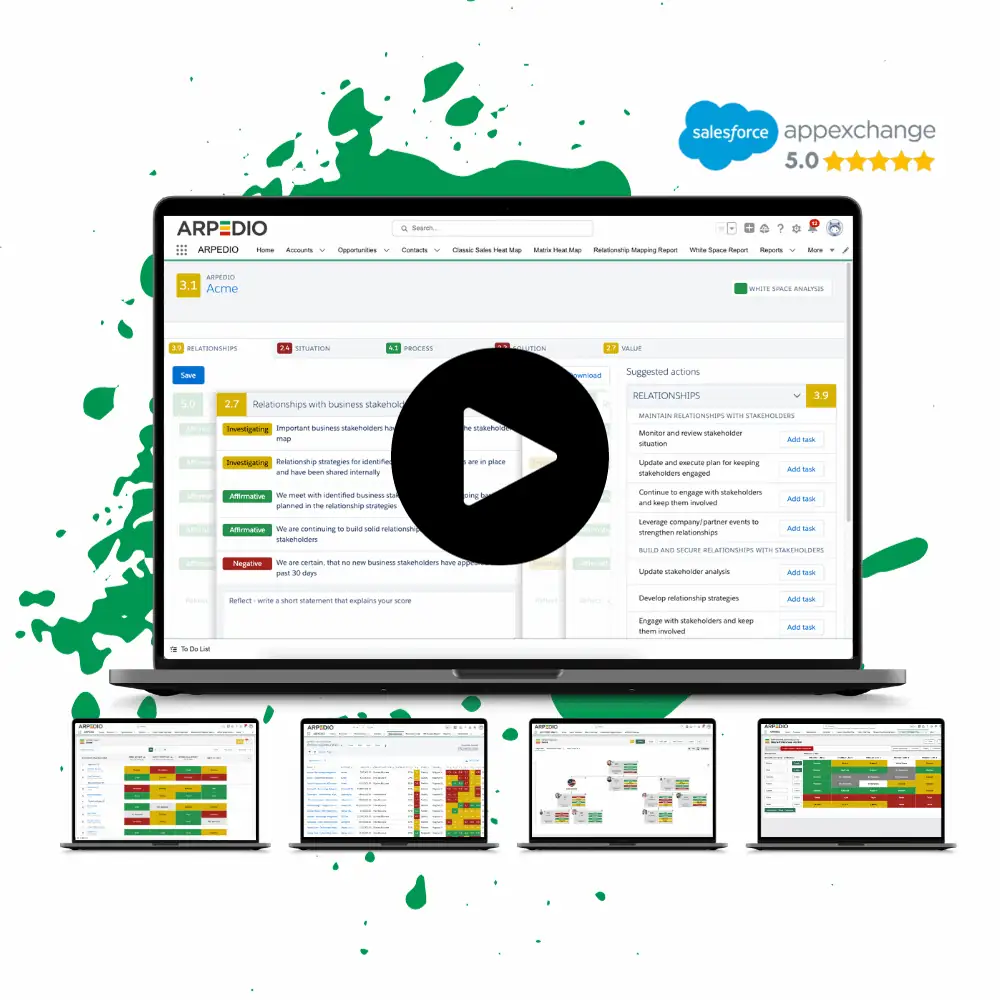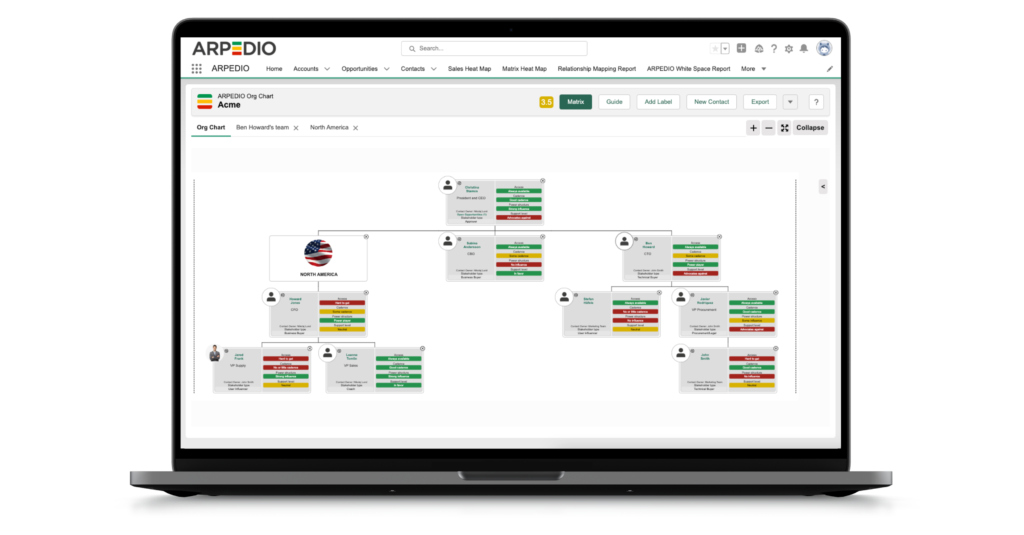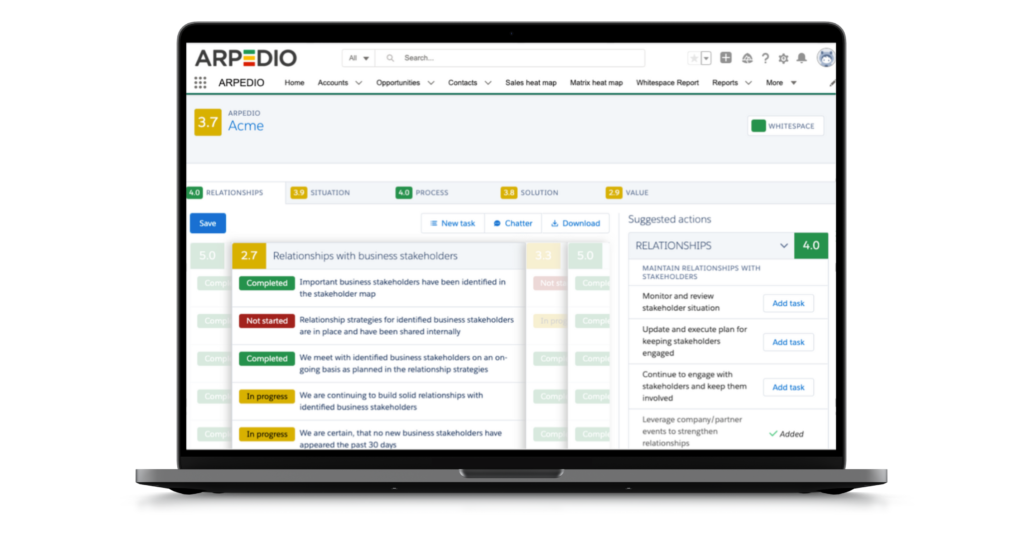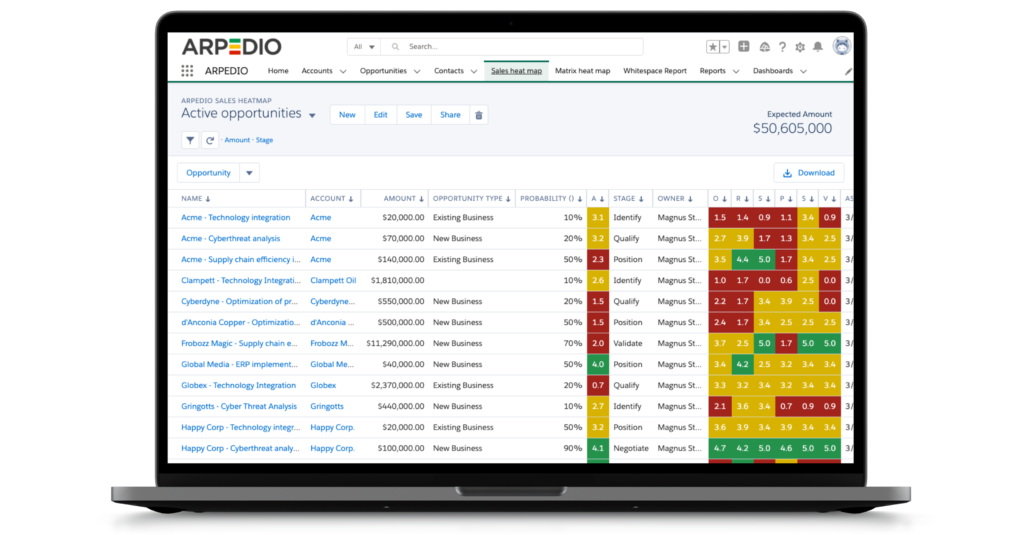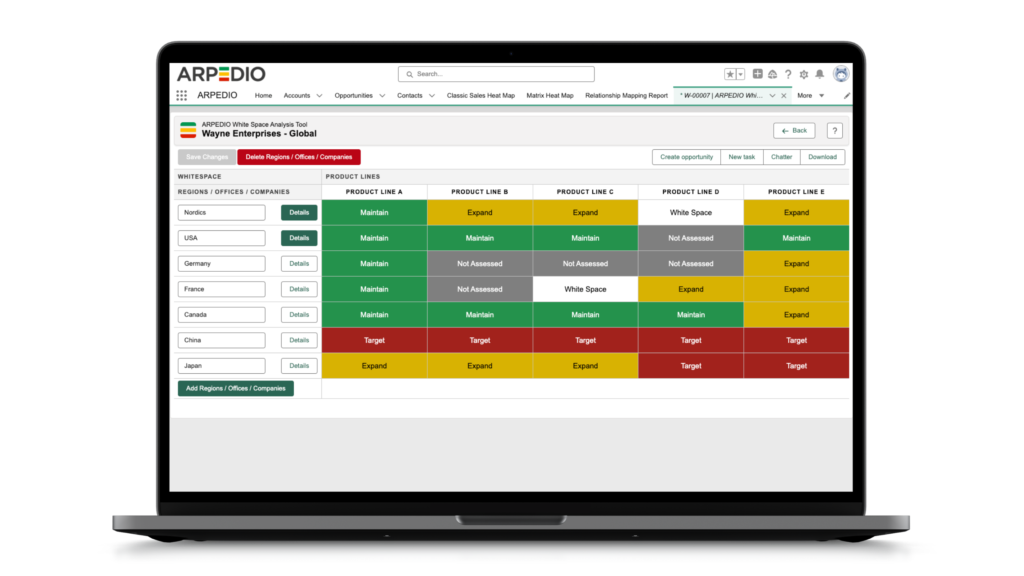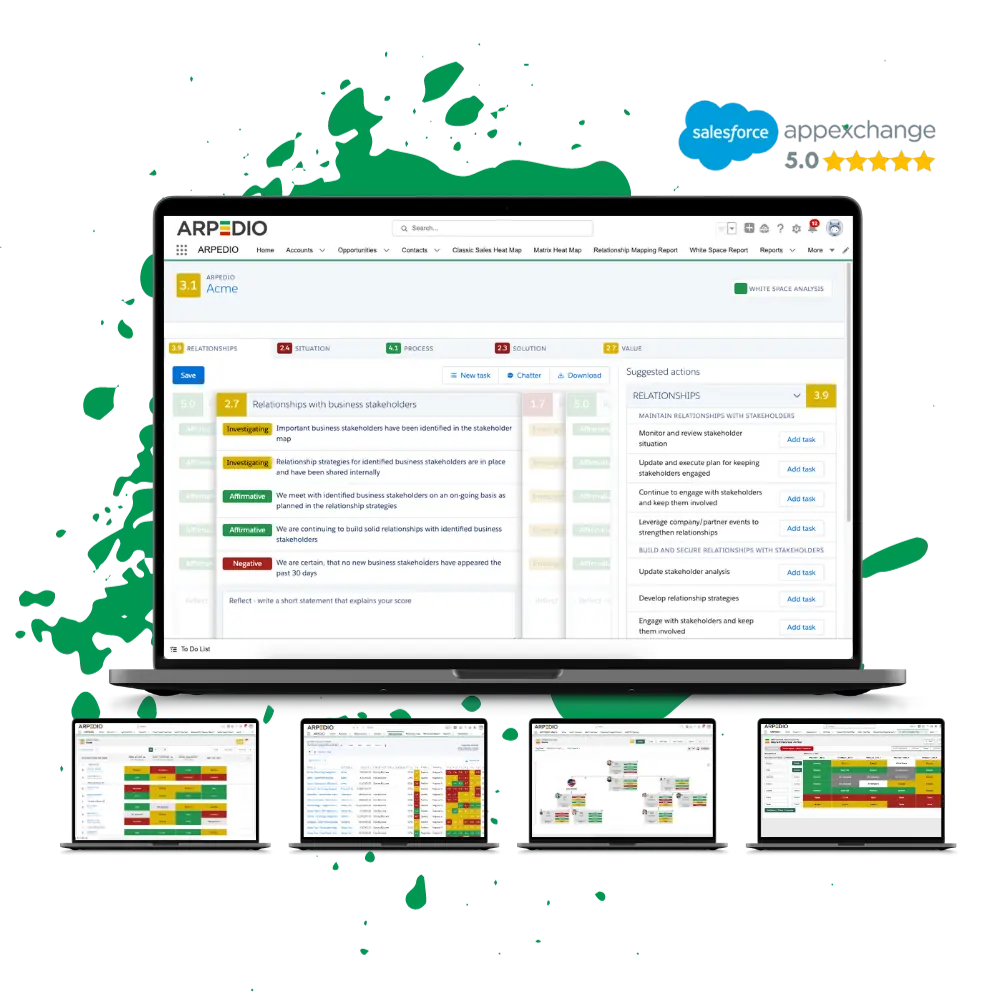Account management software solutions have transformed the way businesses handle their account planning and client interactions. These powerful tools offer a centralized platform that simplifies a wide range of tasks. In this blog post, we’ll delve deeper into the importance of account management software and how it can revolutionize your business.
Table of Contents
Overview of account management software tools
Account management is a fundamental practice for any organization’s overall success. Whether you’re a small startup or a well-established large enterprise, effectively serving your customers, providing support, and offering opportunities for improvement are essential aspects. Account management plays a central role in building lasting client relationships and ensuring customer satisfaction.
In today’s dynamic business environment, manual account management methods are often time-consuming, prone to errors, and outdated. This is where account management software solutions come into play as a transformative tool. They offer a comprehensive suite of features designed to streamline account-related tasks, including maintaining a client database, automating repetitive processes, and enhancing communication. Moreover, these tools focus on nurturing client relationships by integrating communication tools, automating follow-ups, and providing insights into client preferences and needs.
In the upcoming sections, we’ll delve into the key features and functionalities of account management software tools, guide you in selecting the right software for your business’s unique needs, and provide expert tips for successful implementation. By the end of this journey, you’ll have a comprehensive understanding of how account management, encompassing client relationships, can truly transform your business.
Key features and functionalities of account management software tools
Account management software tools are indispensable assets for businesses looking to enhance their customer relationships, drive growth, and maximize revenue. These tools are designed to align with the core principles of account management, which involve providing customers with exceptional service, support, and opportunities for improvement. In this section, we will explore the key features and functionalities of account management software tools, highlighting how they empower businesses to excel in their account management efforts.
1. Comprehensive customer database
One of the fundamental features of account management software is the ability to maintain a complete and up-to-date customer database. This database serves as the central repository for all customer information, including contact details, purchase history, preferences, and communication history. Having a comprehensive customer database enables businesses to gain valuable insights into their customers and tailor their interactions accordingly.
2. Automated task management
Account management involves a multitude of tasks, from scheduling follow-up calls and sending invoices to tracking payments and managing customer interactions. Account management software automates these repetitive tasks, reducing manual workload and minimizing the risk of errors. This automation ensures that nothing falls through the cracks, enabling businesses to deliver consistent and efficient service.
3. Client relationship nurturing
Beyond numbers and transactions, account management software places a strong emphasis on nurturing client relationships. It provides insights into customer preferences and needs, enabling businesses to tailor their offerings and services accordingly. This focus on relationship-building is crucial for enhancing customer loyalty and retention.
4. Communication integration
Effective communication is at the heart of successful account management. These software tools often come with integrated communication features, allowing businesses to streamline their interactions with customers. From email integration to automated follow-ups, these tools facilitate consistent and personalized communication.
5. Insights and analytics
Account management software tools provide businesses with valuable insights and analytics. These analytics help in understanding customer behavior, identifying cross-selling and upselling opportunities, and refining account management strategies. Data-driven decision-making is key to maximizing the effectiveness of account management efforts.
6. Cross-sell and upsell capabilities
Maximizing revenue from existing customers is a core objective of account management. These tools empower businesses to identify cross- and upselling opportunities by analyzing customer data and behavior. This approach not only boosts revenue but also strengthens customer relationships.
In conclusion, account management software tools are essential for businesses seeking to excel in managing their customer accounts. By offering a comprehensive suite of features and functionalities, these tools align with the principles of account management, providing exceptional service, support, and opportunities for improvement. Embracing the capabilities of account management software can transform your business’s account management efforts and lead to increased customer satisfaction and revenue growth.
Evaluating the right account management software for your business
Evaluating the right account management software for your business involves several crucial steps to impact your business’s efficiency and success positively. Begin by identifying your specific business needs to narrow down your options. It’s also essential to consider the scalability of the software, ensuring it can grow with your business and handle increased demands without causing major disruptions.
When choosing account management software, comparing various pricing models is necessary. These could range from monthly subscriptions to one-time purchases, so consider what aligns best with your budget and financial plans. Real user experiences are invaluable in this process; hence, reading reviews from businesses similar to yours can provide insights into the software’s real-world performance.
Taking advantage of free trials offered by most software providers is also advisable. This allows for hands-on experience, helping to determine whether the software meets your expectations and requirements. Seeking recommendations from peers or industry experts can also be quite beneficial, as they might offer insights into the best software options for your specific niche.
Furthermore, assessing the customer support of the software is crucial. Ensure that the customer support is responsive and willing to assist effectively during the evaluation period. The ultimate goal is to find a software solution that integrates seamlessly into your business processes, enhancing overall efficiency. Taking the necessary time to make a well-informed decision in this step is crucial, as it will be beneficial in the long run. In subsequent sections, the focus will shift towards the implementation of account management software and the best practices to ensure a smooth transition.
Ready to increase customer lifetime value?
Implementing account management software: Best practices
Now that you’ve selected the perfect account management software for your business, it’s time to embark on the implementation journey. A smooth implementation can make all the difference in maximizing the benefits of your software. Here are some best practices to guide you:
1. Setup and customization: Start by setting up the software to align with your business needs. Customize it to match your branding, configure your chart of accounts, and define your invoice templates. This step ensures that the software is tailored to your specific requirements.
2. Training: Proper training is essential for your team. Ensure that everyone who will be using the software understands its features and functionalities. Many software providers offer training resources and tutorials to make this process easier.
3. Data migration: If you’re transitioning from another accounting system, data migration can be a complex task. Carefully plan the migration process to ensure that all your historical data is accurately transferred to the new system.
4. Testing: Before fully adopting the software, conduct thorough testing. Identify any issues or areas that require further customization or adjustment. This step helps iron out any kinks before going live.
5. Ongoing support: Establish a support system for your team. Encourage them to reach out with questions or issues. Many software providers offer dedicated customer support to assist with any problems that may arise.
6. Backup and recovery: Implement a robust backup and recovery strategy to safeguard your data. Regularly back up your account management software to prevent data loss in case of unexpected events.
7. Documentation: Create internal documentation for your team. This can include user guides, FAQs, and troubleshooting procedures. Having these resources on hand can help employees navigate the software effectively.
By following these best practices, you can ensure a smooth transition to your new account management software. The goal is to minimize disruption to your business operations while maximizing the benefits of the software.
Integration with CRM and other business systems
In today’s interconnected business world, the synergy between different software systems is of paramount importance. Integrating your account management software with your Customer Relationship Management (CRM), such as Salesforce, and other business systems can offer numerous significant advantages. For instance, when your account management software is in sync with your CRM, it provides a comprehensive 360-degree view of your clients, allowing for easy access to both financial and client relationship data. This integration not only enables personalized service but also helps in tracking communication history and anticipating client needs more effectively.
Furthermore, integration facilitates seamless communication between your sales, marketing, customer success and finance teams. For example, once a sale is finalized in the CRM system, it can automatically trigger actions within the account management software, streamlining processes and reducing the risk of manual data entry errors. This interconnectedness also enables the generation of detailed reports that merge relevant data, providing a holistic perspective that aids in making informed, data-driven decisions beneficial to both your clients and your overall operational efficiency.
One of the most notable benefits of integration is the enhancement of efficiency and productivity. It negates the need to juggle between various software platforms, which not only saves time but also diminishes the likelihood of data duplication or mistakes. This streamlined approach ensures that client communication remains consistent and current. Moreover, integration paves the way for the automation of mundane tasks, allowing your team to allocate their time and resources to more strategic endeavors.
As you evaluate the potential of integrating with CRM and other business systems, it’s essential to gauge the compatibility and ease of integration offered by your preferred account management software. It’s worth noting that many contemporary software solutions either come with inherent integration capabilities or can effortlessly link up via third-party integrations.
In summary
Account management software tools have profoundly impacted the way businesses manage their client interactions and relationships. These comprehensive tools centralize and simplify various tasks, focusing on nurturing and maintaining customer relationships. They facilitate the creation of a detailed customer database, automate repetitive tasks, and integrate communication tools, ensuring that businesses can offer tailored interactions and services to their clients.
In choosing and implementing account management software, businesses should undertake a meticulous evaluation process. This involves identifying specific operational needs, assessing the software’s scalability, and considering the practicalities of pricing models. Utilizing free trials, reading user reviews, and seeking recommendations are also invaluable strategies in selecting the most suitable software.
The implementation process is multifaceted, encompassing setup and customization, training, data migration, and thorough testing. This ensures that the software is seamlessly integrated into the business’s existing processes, maximizing its effectiveness and utility. Integration with other business systems, such as Customer Relationship Management (CRM) tools, is also pivotal, enabling a more cohesive and streamlined operational approach.

